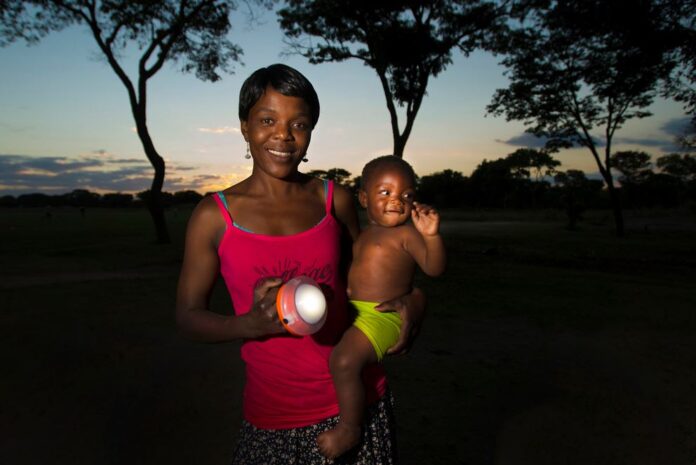Residents of developed countries such as the United States often take lighting for granted. For individuals in economically developing countries, illumination is an expensive proposition. In underdeveloped countries the poor spend 100- to 1,000-times more per unit of light than those who are connected to the grid, and yet they only have access to 0.1% of the illumination enjoyed by the first world. The lights they use are primarily fuel-based: candles, kerosene, propane, diesel, battery-powered flashlights, traditional materials such as wood and grass, and even discarded rubber tires.
Inefficient Resources Contribute to the Cost
The preponderance of fuel-based lighting in poorer countries indicates how inefficient energy use can be in these areas. The expense of burning fuel traps people in poverty, and has a massively detrimental environmental impact, with greenhouse-gas emissions equivalent to the exhaust output of 30 million cars. Fuel-powered light sources threaten health and safety, impede the livelihoods of those who use it, and saddle governments with energy subsidies that are often crippling.
A decade ago, there were very few solutions to the problem of lighting in most developing countries. Solar power was aggressively promoted as an energy efficient answer, however the cost of installing solar panels often equated to a family’s entire annual income. Wireless LED lighting has recently emerged as a possible solution to this problem. With ultra-low wattage bulbs now on the market, in addition to the decreasing price and size of solar cells, lighting systems are now available that are ready for immediate installation, with no professional assistance required.
Wireless Lighting for Developing Nations
Today’s market features a multitude of high quality solar-LED products with varying features and light output capabilities. Prices range from about $10 to $75 and typically pay for themselves within a year, while the energy involved in manufacturing them is recouped with a few weeks.
Non-profit organizations, such as Solar Aid, have introduced solar-LED lights to many economically poor countries, with many more eagerly following suit. Consumers in underdeveloped countries have happily adjusted to the technology. Solar Aid alone has sold over 1 million lights in five African countries. The sales rate continues to grow at a rapid pace of 30% a year. Product offerings have increased as well, including phone charging capabilities and other extended functionalities. As miniaturization of LED and solar devices continues to inspire more portable technology, additional end uses including flat screen televisions, small fans, and other appliances, are now hitting the market.
Low product quality and financing problems initially hampered the success of some of the products, but quality has continued to increase, while mobile money is making a difference in how consumers in remote areas pay for these life-changing items. With more than 40 companies making portable LED products and a 30 percent growth rate, improved energy access is now available to more than 35 million people in Africa, across 25 countries.




